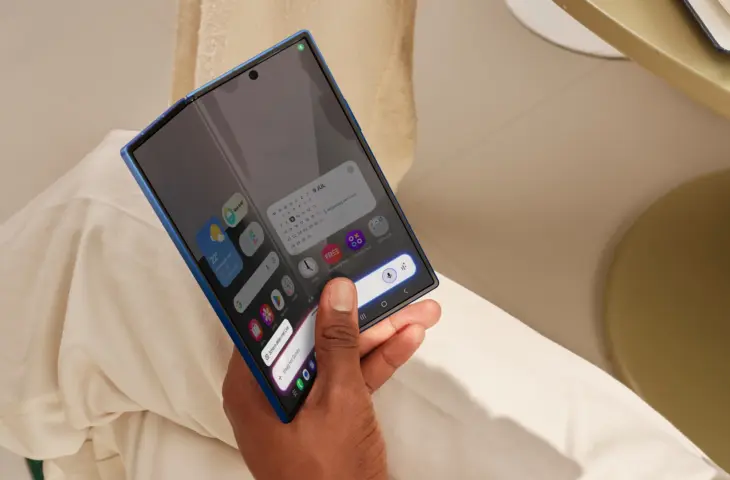After years of stagnation, the Samsung Galaxy Z Fold 7 takes a step forward again. Some targeted improvements make the phone better, but is that worth more than 2,000 euros?
Although Samsung released its first foldable phone in 2019, a Galaxy Z Fold remains a rare sight. According to the latest market figures, just over one percent of smartphones sold worldwide are foldables. While Samsung may call itself the most popular brand, it has yet to appeal to the masses with the Z Fold.
That doesn’t stop Samsung from presenting a new model every year. The seventh generation was launched in July this year. In recent years, Samsung played it safe and foldables even became a bit boring. The Galaxy Z Fold 7 breaks that stagnation.
Slimming Down
The first notable difference is in the design. The Galaxy Z Fold 7 has been on a diet: the device is lighter and slimmer than its predecessors. When unfolded, the smartphone is barely 4 mm thick and weighs less than the S25 Ultra (215 g).
Previous generations were thicker to ensure sturdiness. Now it seems as if Samsung, instead of sticking two S-phones together, has cut one phone in half to create the Z Fold 7. Nevertheless, this doesn’t seem to affect the build quality: the folding hinge feels sturdy. The IP48 rating remains constant.

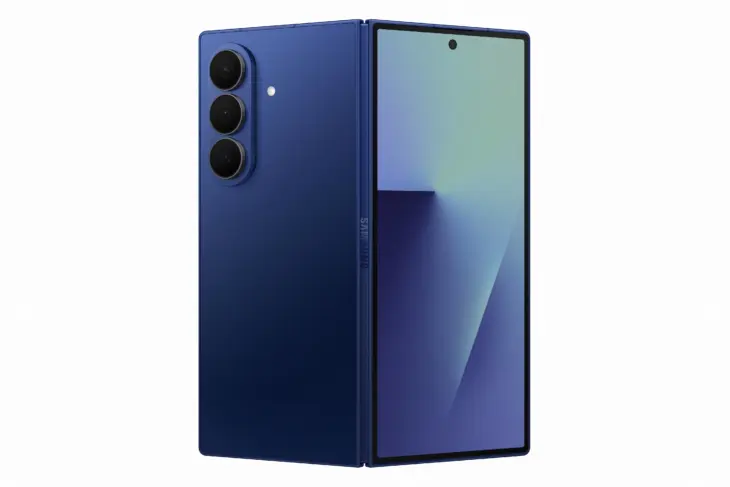

Samsung had to make a few sacrifices to make the phone thinner. There’s no room for the S Pen anymore, although we didn’t miss it at all during the test period. We are more bothered by the ‘wobbling’ when the phone lies flat because the cameras stick out further from the back.
Front Screen Gets more Attention
The distinguishing feature of the Z Fold 7 is the inner screen. Open the device and you have a small 8-inch tablet in your hands. The screen has become slightly larger and the resolution has increased to 1,968 x 2,184 pixels. When the screen is on, the crease line is almost gone.
It’s a shame that video players like YouTube don’t make optimal use of the screen size. The black bars make having a larger screen not feel like an added value for video, while this should be a showcase for the Z Fold 7.
Once the “wow” effect is gone, you’ll mainly use the front screen. For us, the main improvement of the Z Fold 7 is here. The front screen finally feels like a full-fledged second screen. It measures 6.5 inches, has a high resolution (1080 x 2520 pixels), and the brightness is at the same level as the inner screen (1,080 nits).
Cameras
Samsung also upgrades the cameras of the Z Fold 7. The cameras of previous generations were good but not yet at the same level as those of the S series. The Z Fold 7 is equipped with the same 200 MP sensor as the S25 Ultra. The sensor lets in a lot of light and takes razor-sharp photos under various lighting conditions. By not opening the smartphone 180°, you can immediately see the result in large on the left half after taking your photo.
We would have liked to see an upgrade for the telephoto camera as well. This is the same 10 MP sensor as last year. Optical zooming is possible up to 3x, and up to 10x digital zoom, the sharpness is well maintained. Beyond that, the limitations of the telephoto camera become visible to the naked eye. It’s still above average, but we occasionally had to think with slight nostalgia about the “telescope” of the S25 Ultra.




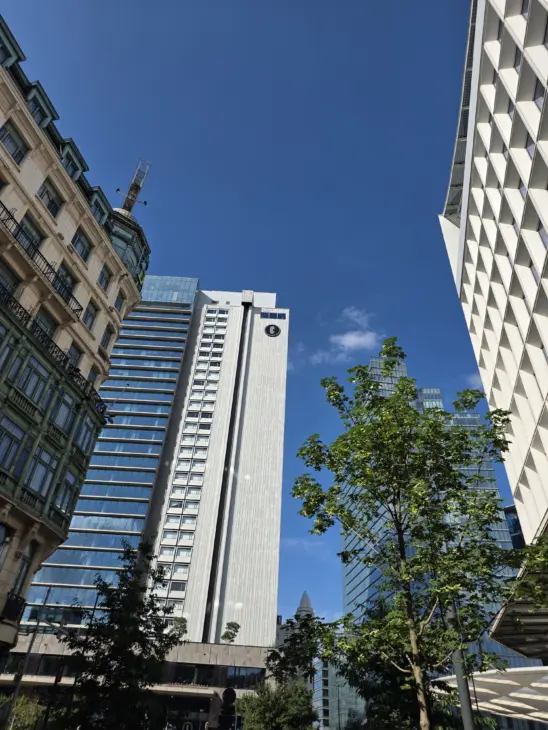

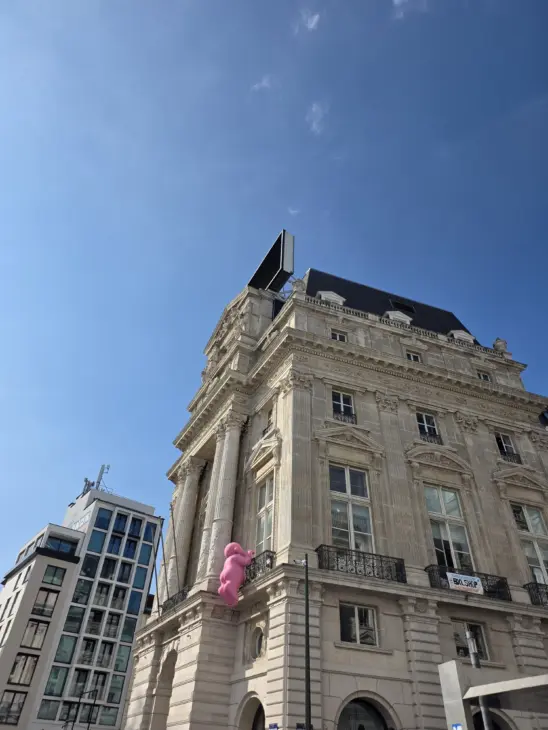



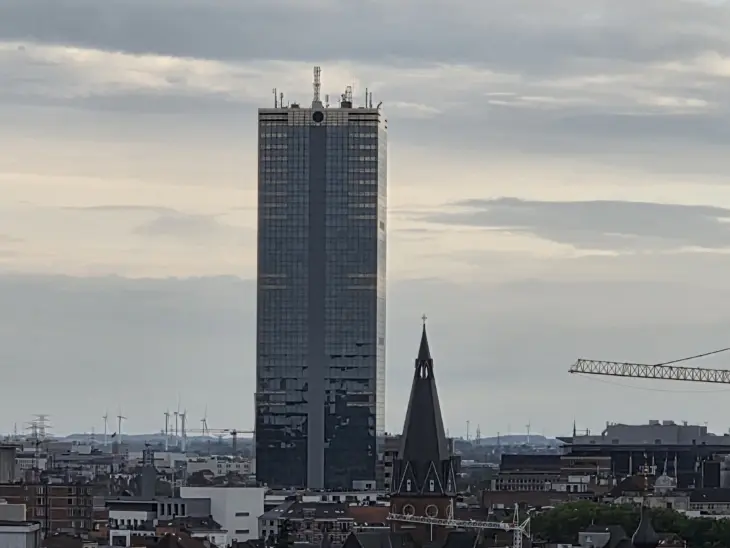





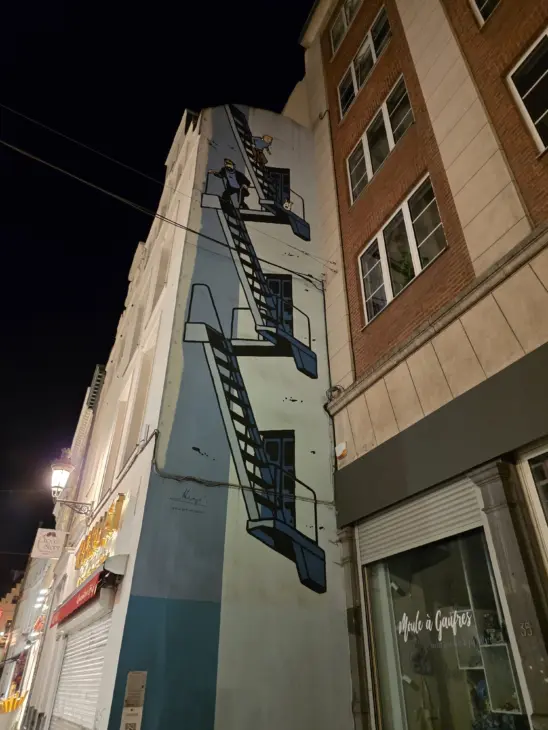






In line with the screens, Samsung also upgrades the camera in the front screen, from 4 MP to 12 MP. So you no longer have to unfold the phone to take selfies or video calls with the best camera. Inside, the camera is again “perforated” in the screen, after having become more subtle in recent years.
Top Athlete
A new smartphone comes with a new processor. The Z Fold 7 joins the elite club of the Snapdragon 8 Elite. We also find the same processor in the S25 series and the top models of other brands.
Benchmarks in the highest price segment logically lie close to each other. If every device has exactly the same processor (except for the Oppo Find X8 Pro), you won’t see big differences in performance as sometimes happens in the lower price ranges. The S25 Ultra squeezes just a bit more out of the Snapdragon chipset.

In simulations on various business applications, from web browsing to video editing, the Z Fold 7 consistently scores well. This device can therefore perform well in a professional context.

Heat Bomb
A point of concern is that the Z Fold 7 heats up during active use. That’s normal, but the area around the cameras gets very warm. There may be some issues with heat regulation on the inside. Even in short simulations, this has a visible impact on peak performance.

Small Battery with Big Lungs
Because the phone is thinner, Samsung also had to compromise on battery capacity. Foldable devices already have less space for a large battery. A 4,400 mAh battery seems small on paper.
However, the Z Fold 7 turns out to be very energy-efficient and lasts longer in tests than devices with a larger battery. Battery life is no longer an obstacle for foldable phones. Even under constant load, the battery only gave up after 17 hours. With light use, you can stretch a charge to two days.

Patience with Charging
Fortunately, because if the Z Fold does one thing, it’s not fast charging. A charging power of 25 W is rather poor, wirelessly the power is limited to 15 W. The smaller battery plays a role here, and we also don’t know what fast charging would do to the temperature of the Z Fold 7.
There are good excuses, but that doesn’t absolve Samsung from lagging miles behind in charging speed. The Motorola Razr, the foldable competitor for the Z Flip, easily achieves a charging power of 68 W. So it is possible.

First with Android 16
The Galaxy Z Fold 7 is the very first phone to come out of the box with Android 16, packaged in its own OneUI 8 operating system. This year, Samsung even beat Google to the punch. That means you won’t “waste” one of the 7 promised OS upgrades in the fall. Samsung continues to set a good example in Android support.
OneUI 8 itself contains few noticeable innovations. The Weather widget has been given a new style and shows more extensive information, such as the best time of day to go running. AI-based features like Now Brief were already seen in the previous OneUI version and are mainly intended to get you to create a Samsung account.
External applications are increasingly adapting to the form factor, such as WhatsApp, Outlook, and Microsoft Teams, in addition to Samsung’s own applications. The inner screen also offers enough space to open and use two applications at the same time. However, there are still too many applications that don’t want/can’t make the leap, which is unfortunate.
Conclusion: Better, but more Expensive
The Galaxy Z Fold 7 is once again a step forward. Samsung had been a bit asleep in recent years, perhaps due to a lack of competition and mass volume in the foldable segment. Now that competition has arisen, the manufacturer has woken up again.
Samsung makes some successful improvements without changing the basic concept of the Fold. The lighter frame, larger front screen, and performance and battery improvements finally make the Fold 7 the premium phone it should be. The Fold 7 doesn’t suddenly make foldables exciting again, but being mature doesn’t have to be boring.
For those small improvements, you’ll have to pay the full price. Samsung once again adds a hundred euros to the base price this year. It now breaks the symbolic barrier of 2,000 euros, and we find that a bit too much. So the Fold 7 will once again remain a show model for Samsung.
Samsung Galaxy Fold 7 – from 2,099 euros incl. VAT – seven years of security updates – two-year warranty
.pro’s
- Lighter and thinner
- Larger front screen
- Top performance
- Excellent battery life despite smaller volume
- Same main camera as the S25 Ultra
- Android 16 out of the box
.contra’s
- Too high base price
- Generates a lot of heat during active use
- Slow charging
- “Wobbles” on a table
- Video does not utilize the full size of the main screen
